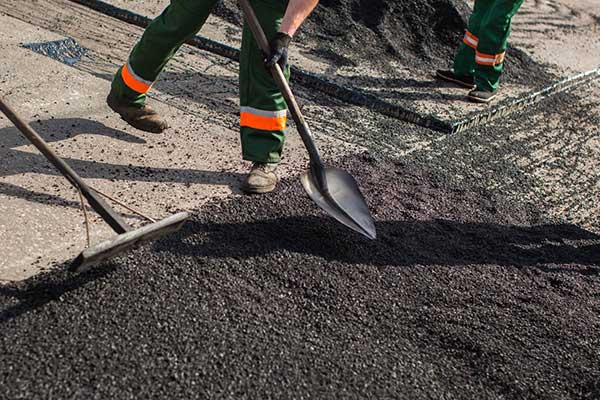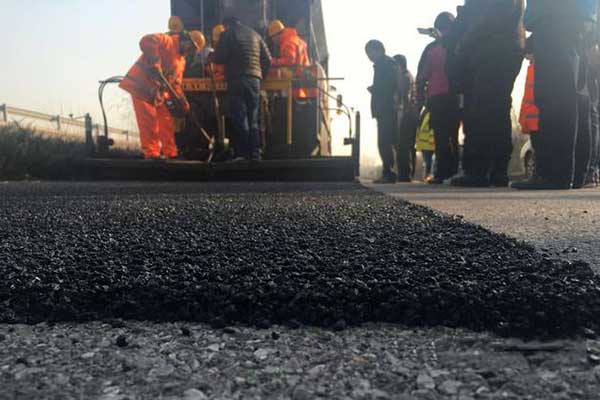Advantages and Disadvantages of Cold Mix Asphalt
Cold mix asphalt, often referred to as cold patch asphalt, is a widely used paving material in road construction and repair projects. Unlike hot mix asphalt, which requires heating before application, cold mix asphalt is mixed and applied at ambient temperatures. This article will explores the advantages and disadvantages of cold mix asphalt to help you understand its applications, benefits, and limitations.

Advantages of Cold Mix Asphalt
1. Ease of Application
Cold mix asphalt is easy to apply, making it ideal for quick repairs and maintenance. It does not require specialized equipment or high temperatures, allowing for simple and efficient use by work crews.
2. Cost-Effective
The production and application of cold mix asphalt are generally more affordable than hot mix asphalt. It reduces the need for extensive heating and specialized machinery, which can lower overall project costs.
3. Versatility
Cold mix asphalt is versatile and can be used in various weather conditions, including cold and wet environments where hot mix asphalt may not be feasible. This makes it an excellent choice for emergency repairs and temporary patches.
4. Storage Stability
Unlike hot mix asphalt, which needs to be used immediately after production, cold mix asphalt can be stored for extended periods without compromising its quality. This storage stability ensures that it is readily available for use when needed.
5. Environmental Benefits
Cold mix asphalt production emits fewer pollutants and greenhouse gases compared to hot mix asphalt. Its lower energy requirements contribute to reduced environmental impact, aligning with sustainable construction practices.

Disadvantages of Cold Mix Asphalt
1. Durability Concerns
Cold mix asphalt is generally less durable than hot mix asphalt. It may not withstand heavy traffic loads and extreme weather conditions as effectively, leading to a shorter lifespan and the need for more frequent repairs.
2. Longer Curing Time
The curing process for cold mix asphalt is slower than that of hot mix asphalt. It may take longer to reach optimal strength, potentially delaying the reopening of roads or pathways to traffic.
3. Limited Load-Bearing Capacity
Due to its lower strength, cold mix asphalt is not suitable for high-traffic areas or roads subjected to heavy loads. It is best used for low-traffic roads, temporary fixes, and minor repairs.
4. Bonding Issues
Achieving a strong bond between cold mix asphalt and the existing pavement can be challenging. Poor bonding may result in premature failures and the need for repeated repairs.
Conclusion
Cold mix asphalt offers several advantages, including ease of application, cost-effectiveness, versatility, storage stability, and environmental benefits. However, it also has notable disadvantages, such as durability concerns, longer curing times, limited load-bearing capacity, and potential bonding issues. When deciding whether to use cold mix asphalt for a project, it is essential to weigh these factors carefully and consider the specific requirements and conditions of the site.

